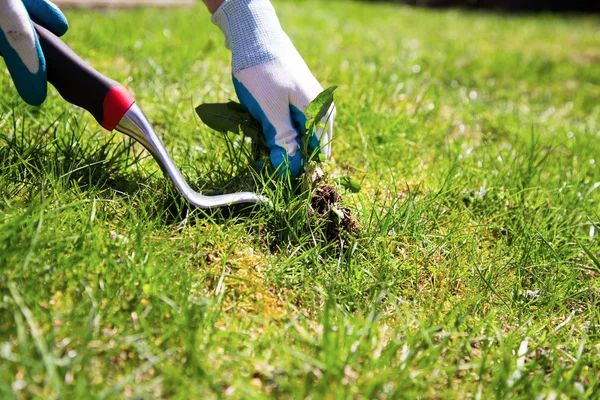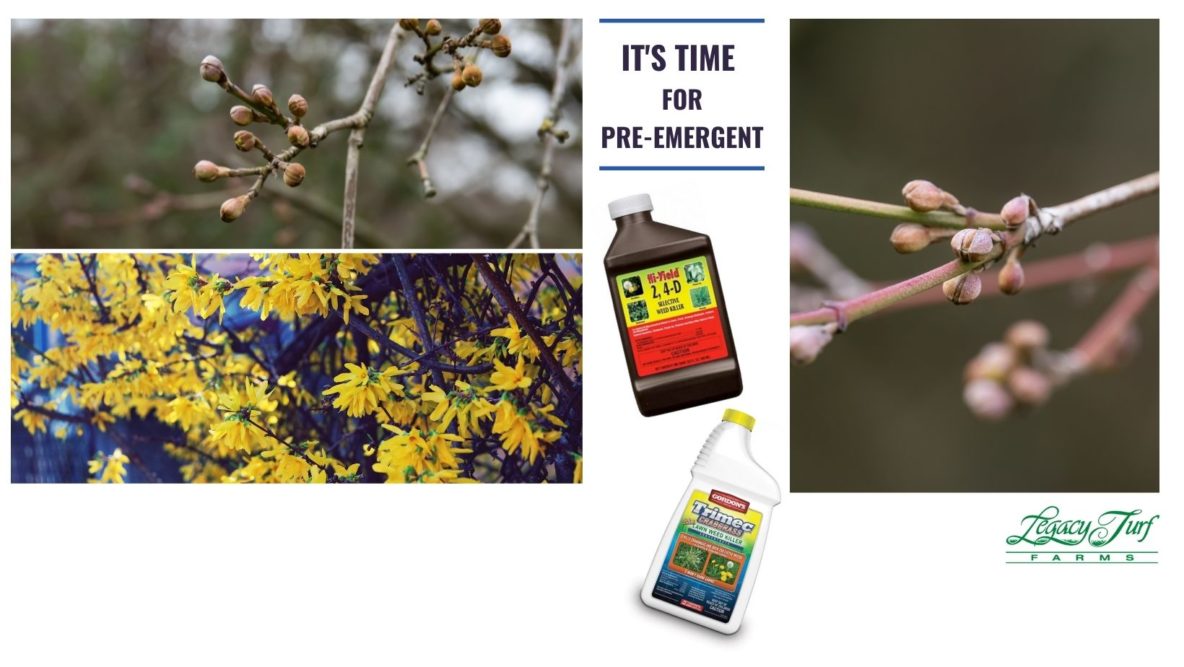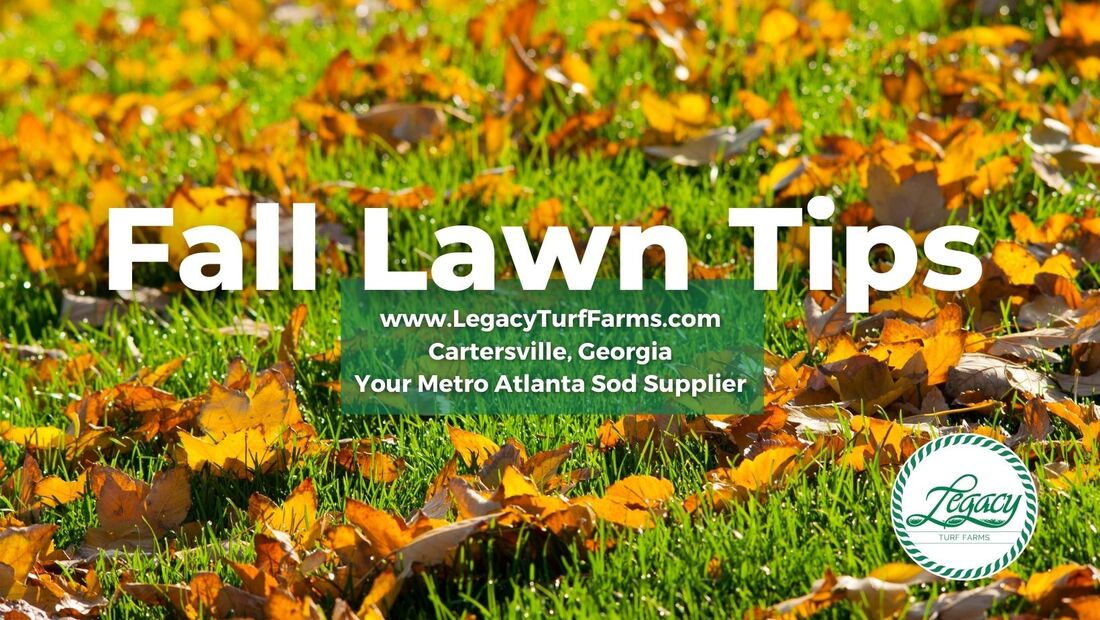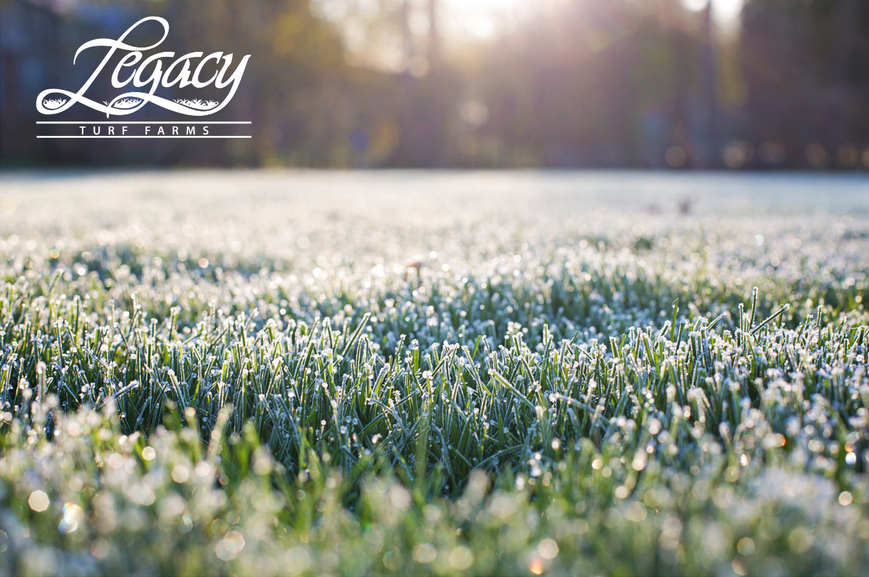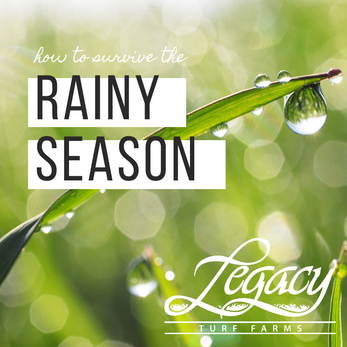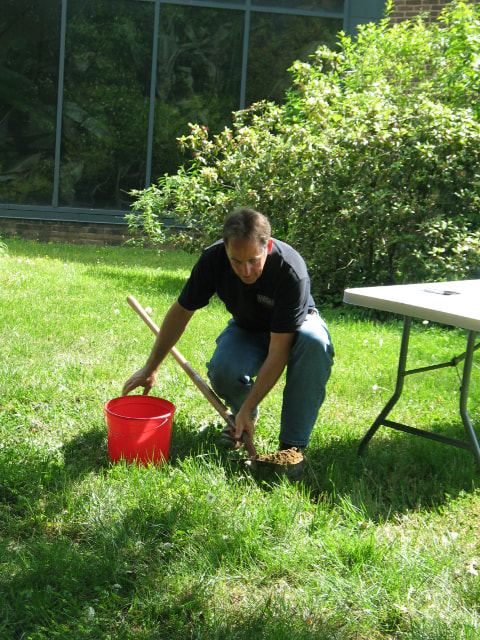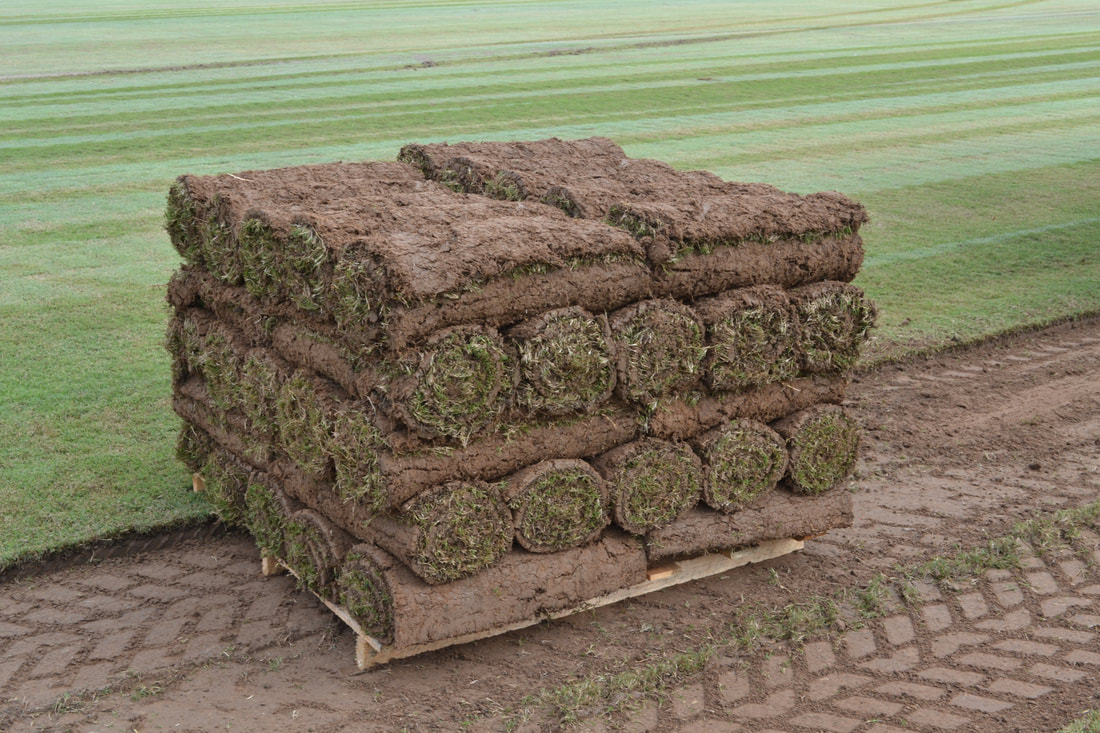Sunlight is one of the most important growth factors for lawns. Plants need light to photosynthesize and produce energy to grow. They can do this even without direct sunshine, but often less efficiently, and some grass may not thrive in shady spots, such as Bermuda. So, how do you know how much it needs? If you asked a fellow gardener … Read More
How to Prevent and Control Weeds in Your Yard
What’s the one thing you fall behind on most in the yard or garden? If your answer is weeding, then you’re not alone! It’s the most time-consuming and effortful work there is when it comes to your beautiful lawn. Weeds are competitive and can establish by reseeding or spreading roots and stems more aggressively than other plants. Additionally, seeds are … Read More
Keeping New Sod Hydrated
Keeping your new sod hydrated after installation is an essential step to keeping your new lawn green and healthy. New Sod Watering Tips Touch the ground beneath your fresh sod by peeling back a corner. Water should have reached the new sod’s soil layer, and the ground should be moist/wet with a slight “give” when walked on. The idea is … Read More
How to Keep Your Dog from Damaging the Lawn
Why does my dog’s pee kill my grass? It is a common misconception that urine’s acid causes grass to turn yellow or brown. In fact, nitrogen and salt in pee are the primary culprits. When urine contacts grass, it draws moisture from the plant cells, creating a “burn” mark. Female dogs often do more harm to grass than male dogs … Read More
February: Prevent Weeds Before They Start Growing
When is the right time to apply a pre-emergent weed killer to your lawn? Look for two signals coming directly from nature: a budding dogwood tree, or a flowering forsythia bush. These two things give us a signal. They show that the soil is the right temperature for weeds to begin sprouting beneath the soil. The rule of thumb is … Read More
Fall Lawn Tips
Ah, fall. The start of school, football, and… shorter hours of sunlight.
It’s always tough for us to adjust to those limited hours of sunlight as we come home from work and make dinner. But, the limited hours of sunlight affect our grass just as much — if not more so!
Once we reach the point of less than 12 hours of sun in a day, this sends a signal to your warm-season sodded lawn to slow down its growth.
3 Ways to Protect Sod From Frost
When a temporary frost sweeps across your lawn, there are potential side effects that could take place. Here in Georgia, we don’t have too much to worry about in terms of hard frost and snow. But, freezing temperatures can still cause stress to your turf grass if not handled properly. Most damage can be avoided if you are conscious of these best practices.
How to Survive the Rainy Season
Many homeowners have seen front or back yards flooding, and many more yards are still soggy with standing water. What does all of this excess water mean for your beloved lawn? Well, it could make it more susceptible to disease, stress, or damage. To get you ahead of the curve, we’ve put together some of the most tried and true methods to make sure your lawn survives the rainy season.
Soil Testing
Soil testing is a cheap and effective way to see if there is something you are missing. If you’ve fertilized, watered, and done all the right things, what could it be?
Can You Lay Dormant Sod?
You may be surprised to learn that some of your yard projects can be done during the cold, dead of winter, such as laying new turf. Bermudagrass is a sturdy choice to be harvested and installed in your yard no matter what the season.

